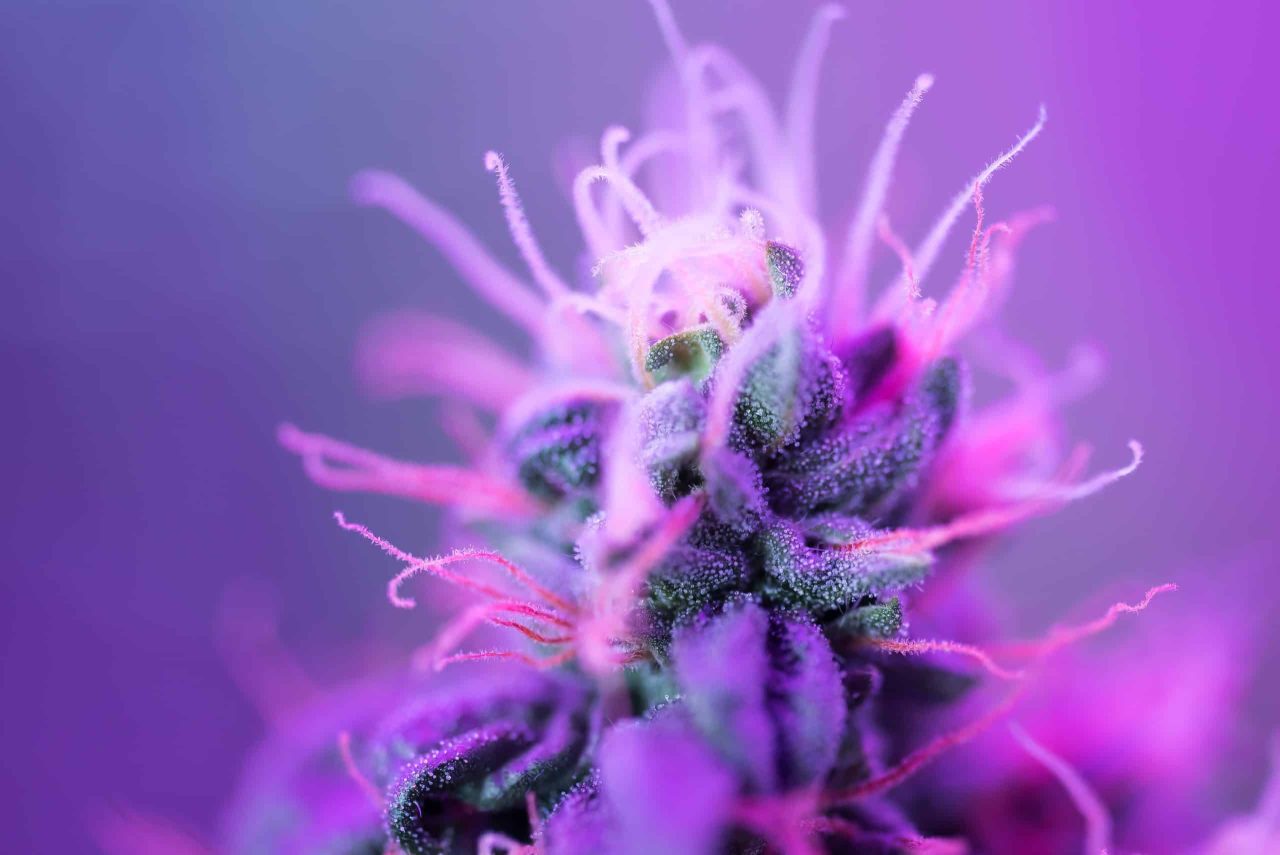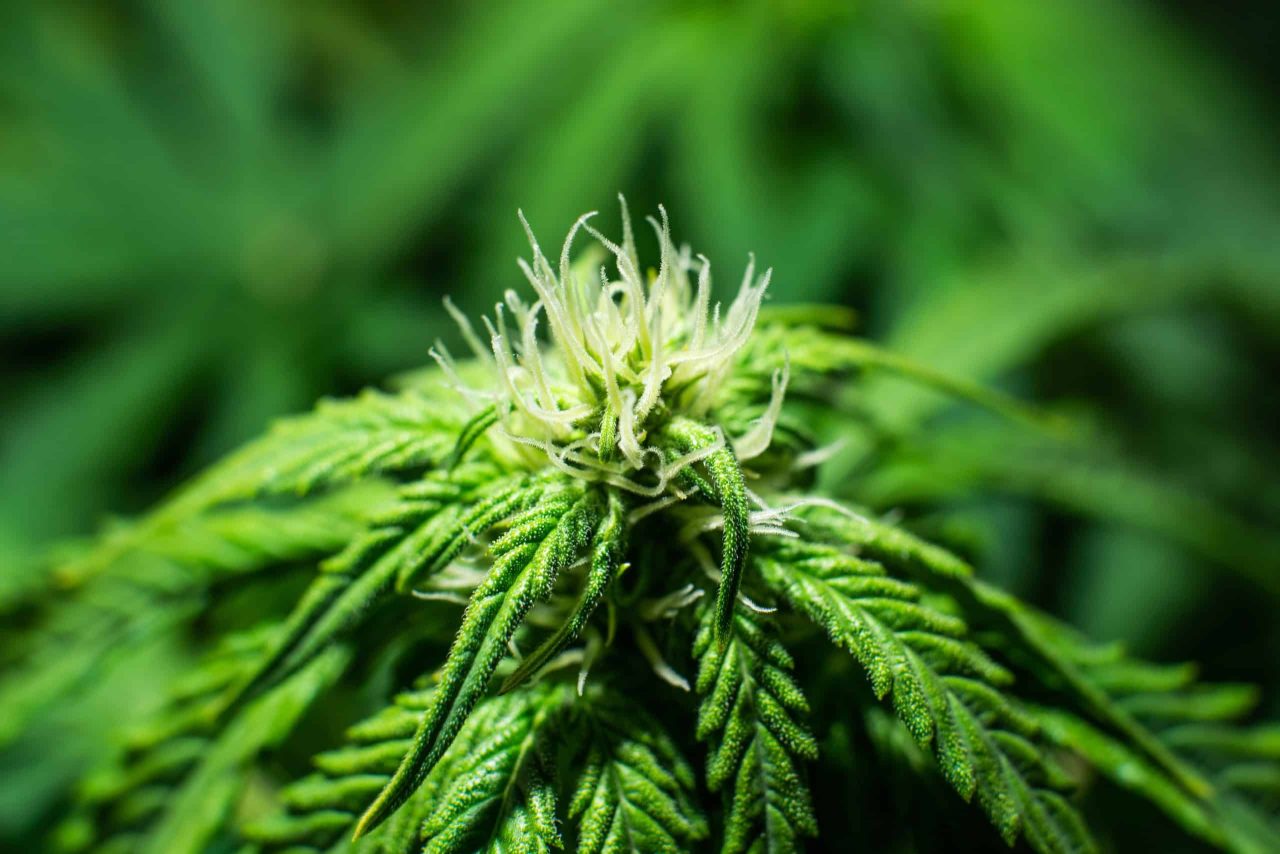Free Tropical Runtz seeds on orders over $150!
Growers familiar with the cannabis life cycle and can identify male and female plants before flowering will always have a leg up on their less-informed counterparts. Much information about your cannabis plants may be obtained from their pistils. Here, we’ll examine some factors that make them so crucial.
What are pistils? What makes them distinct from stigmas? How, therefore, would familiarity with these features enhance your weed harvest? Find out the answers to these inquiries below. You will undergo a simultaneous improvement in the quality of your flowers and your understanding of botany.
When people hear the word “pistil,” what comes to mind? The little white, amber or red hairs on weed that emerge from flowers, right? You have a general idea, but your reasoning has one major flaw. The technical name for these follicles of hair is stigmas. Combined with the bract (the little leaf tissue from which the stigmas emerge) and the ovule, they produce the bigger pistillate flower. These parts work together to form the female cannabis plant’s reproductive organs. Throughout this piece, these white or red hairs on weed will be referred to as stigmas and pistil hairs.

Bunches of pistillate flowers are called buds. Each blossom has two stigmas that extend into space; these protrusions are coated with tiny hairs on weed called stigmatic papillae, which serve to collect male pollen from the air after it has drifted in. In addition to their vital function in cannabis plant physiology, stigmas also provide valuable information to producers about when to harvest their plants.
Pistils are the first visible sign of the flower’s development. Early pistillate blooms are commonly referred to as “preflowers” because they seem different from the mature buds that will form later. True pistillate blossoms are the first of these components to emerge. They start at the branches’ junctures with the main stem, known as nodes.
In contrast to photoperiod strains, which create their first cannabis pistils soon after the grower lowers the light cycle inside or when the seasonal light cycle drops outdoors, plants from autoflowering seeds often develop their initial pistils around weeks 3-4.
White stigmas at the nodes without any bud development might be concerning to novice growers. The appearance of these structures is not alarming in the slightest; rather, it indicates that the buds are well on their way and will soon begin to grow.
Growing cannabis from ordinary seeds, you may find that not all plants generate pre flowers with stigmas. In contrast, the group’s male members will produce round pollen sacs. Unless you want the male plants to fertilize the females, you should get rid of them.
Have you noticed that the hairs in your pistils have turned orange before they should have? Stigmas may undergo rapid color changes due to several circumstances. Not necessarily should you be concerned? It’s just a fact of nature that certain strains of cannabis blossom and mature in a shorter period than others, and their pistil hairs change from white to orange in that shorter period.
In the case of photoperiod varieties, the transition will occur more rapidly in autoflowering strains and fast-flowering photoperiod types than in kinds with a longer flowering phase. If you’re worried about growth timeframes, look up your variety on the website of the appropriate seed bank. The timing of artificial illumination inside may also hasten the color change of pistil hairs. Flowers may be accelerated by using a 10:14 light/dark cycle.
Unnaturally early hair color change in the pistil may also be a warning sign. After being pollinated, the tips of these white or red hairs on weed become dark, but the base stays white. You probably let males release pollen in your growing zone unless you try to prevent natural hybridization. Also, it’s possible that one of your female plants has transformed into a hermaphrodite and started making pollen.
There are more colors for pistil hairs than only white and orange. Hairs may also exhibit different colors depending on the phytochemicals they contain. Read on to learn the significance of the following variations in pistil hair color:

It would help if you understood why the hairs on the cannabis pistil change color. These variations in appearance serve a physiological purpose, but they may also provide producers with valuable information about when the flowers are ready to be picked. However, stigmas aren’t the only element of the cannabis plant anatomy that may tell you when the buds have reached their full maturity. The color of the glandular trichomes on plants is an even better indicator of how near they are ready to be harvested.
These little chemical factories are transparent while still in their juvenile stages. They take on a milky and opaque look as the harvest season draws near. When 70–90% of the trichomes have developed a milky appearance, this is the optimal time to harvest your buds. If you wait much longer, you will see that they become amber, indicating that CBN has been formed.
Growers need to be wary of causing intersex in their plants by exposing them to extreme stress during vegetative or blooming periods. It is possible regardless of the original sex of the plant, so just because you know your plants are female doesn’t mean you should relax your guard.
Plants that are intersex can produce both male and female offspring. It still has pistils but can pollinate itself. Vegetation and flowering need special attention. Photoperiod plants are more susceptible to light leakage during the dark cycle while blooming. Light leaks, whether from grow lights or street lights, have been shown to result in intersex plants. Eliminating or significantly lowering stressors on a plant should prevent it from becoming intersex.
Even while we’ve learned that a plant’s pistils may be used to determine its sex and to aid in estimating when it’s time to harvest, it doesn’t imply that pistils are always a good indicator.
Even though a plant is far beyond the point when it should have begun blooming, heat and illumination may force the development of pistils to continue. Problems may exist if the bud’s pistils keep forming in the areas nearest the light. Whether you want to know if your plants are ready to be harvested, look no further than the original buds, pistils, and trichomes. Because they started developing so late in the blooming cycle, they will seem juvenile even if your cannabis is at its optimum.
Maintaining a steady temperature may help avoid this from occurring. New growth in cannabis plants may be triggered by stress if the top of the canopy is consistently warmer than the bottom. If you want to keep your buds from foxtailing, you should use the same concept for your lighting. The stress-induced buds on a plant may be harvested and smoked just like any other part of the plant. In any case, they are an undeniable indicator that your cannabis is being exposed to unusual circumstances, prompting you, the producer, to take corrective measures.
Finally, it’s worth noting that even under ideal circumstances, additional pistils are not unusual to develop and become active throughout the flowering stage. Some varieties naturally have this trait. Increasing dark time and fooling plants into believing winter is approaching might help mitigate this condition, which is more common in Sativas. Reducing the hours of light a plant receives to 11/13 or 10/14 should hasten to bloom and strengthen its preparation for harvest.
Pistils, in general, are an interesting feature of the cannabis plant. For the cannabis farmer, they are an indispensable aid in sexing plants and determining the optimal time for harvest.





Offers
This product is not for use by or sale to persons under the age of 18. This product should be used only as directed on the label. It should not be used if you are pregnant or nursing. Consult with a physician before use if you have a serious medical condition or use prescription medications. A doctor’s advice should be sought before using any hemp products. All trademarks and copyrights are property of their respective owners and not affiliated with nor do they endorse this product. These statements have not been evaluated by the FDA. This product is not intended to diagnose, treat, cure or prevent any disease. By using this site you agree to follow the Privacy Policy and all Terms & Conditions printed on this site. All products contain less than 0.3% Cannabinoid-compliant with applicable Federal Laws. Please make yourself aware of any and all applicable laws regarding hemp in your jurisdiction. Premium Cultivars accepts no liability or responsibility regarding germination laws in any specific locale state or national jurisdictions.THCA products are not available for shipment to the following states: Hawaii, Idaho, Minnesota, Oregon, Rhode Island, Utah, Vermont *Note: Products with Total THC content above 0.3% must not be shipped to these states.
We want to help you get your hands on the seeds you want, take 20% off your next purchase when you enter your email below!
We want to help you get your hands on the seeds you want, take 20% off your next purchase when you enter your email below!